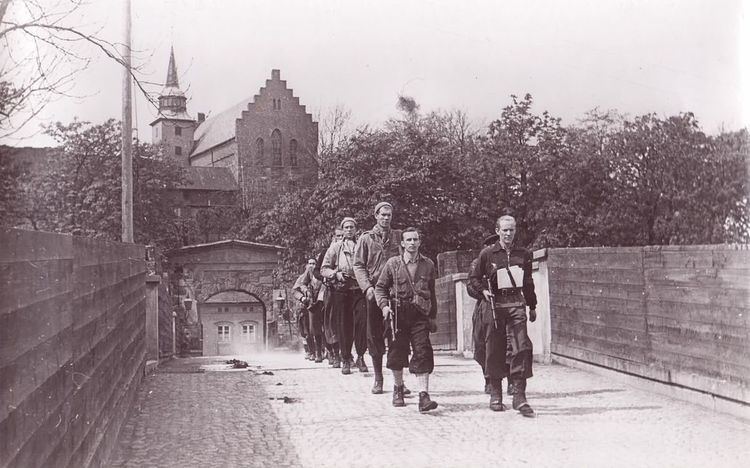 | ||
Milorg 2016 feat plogen fl ber
Milorg (abbreviation of militær organisasjon – military organization) was the main Norwegian resistance movement during World War II. Resistance work included intelligence gathering, sabotage, supply-missions, raids, espionage, transport of goods imported to the country, release of Norwegian prisoners and escort for citizens fleeing the border to neutral Sweden.
Contents
- Milorg 2016 feat plogen fl ber
- History
- Two way radio stations
- Organization
- Military Committee
- Districts
- Sub organizations
- Members
- The Councils leaders
- References

History
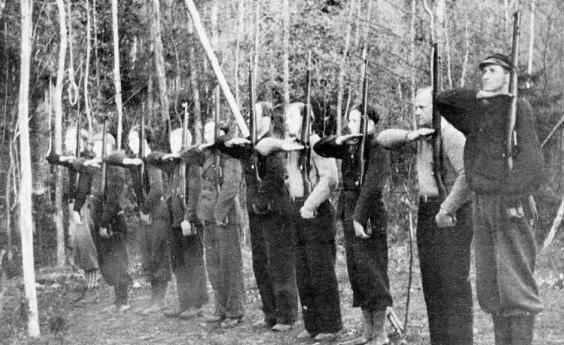
Following the German occupation of Norway in April 1940, Milorg was formed in May 1941 as a way of organizing the various groups that wanted to participate in an internal military resistance. At first, Milorg was not well coordinated with the Special Operations Executive (SOE), the British organization to plan and lead resistance in occupied countries. In November 1941 the Milorg became integrated with the High Command of the Norwegian government in exile in London, answering to Department British Field Office IV, which dealt with sabotage operations, but its British counterpart, SOE, was still operating independently. This lack of coordination led to a number of tragic incidents, creating bitterness within Milorg. SOE changed its policy at the end of 1942, and from then on Milorg and SOE efforts were coordinated. Mainly for fear of retaliation, like the Telavåg tragedy in 1942, Milorg kept a low profile at first. But they became more active as the war progressed. Its first permanent bases were established in the summer of 1944. At the time of the German capitulation on 8 May 1945, Milorg had been able to train and supply 40,000 soldiers. They then also played an important part in stabilizing the country.
Two-way radio stations
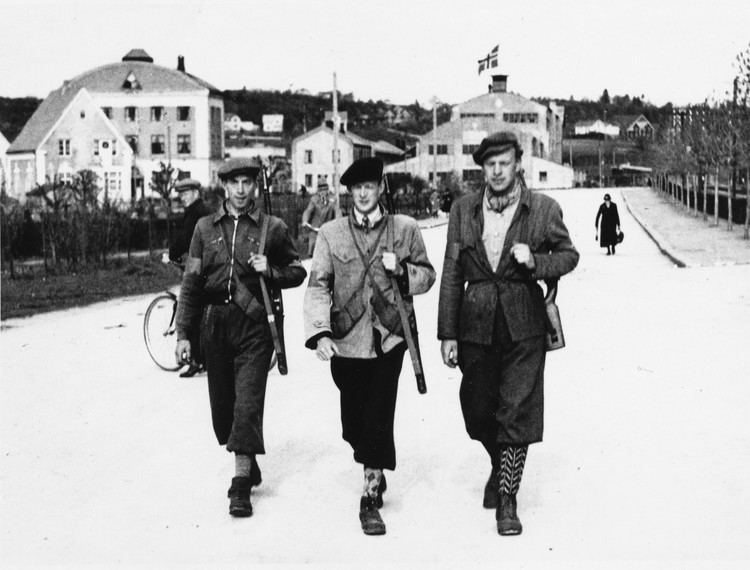
Twenty of the around 80 radio stations, were uncovered, leading to the deaths of at least 20 radio operators in combat and in prison. The radio station in the loft of Kvinneklinikken, was raided on 1 April 1944. Knut Haugland shot four, and escaped. "Corncrake" (at Flaskebekk) transmitted from 2 April and it was raided on 4 July. Deaths included one German and two Norwegians on site, and one Norwegian at the hospital. The radio stations contributed to Milorg getting a key role in the Nazi home management program (Hjemmefrontens Ledelse), because the majority of HL's communications abroad, went through Milorg's radio network.
Organization
Milorg was organized as a council and 14 districts.
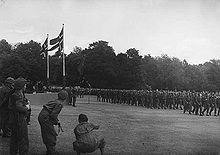
Military Committee
The Military Committee (Militærkommiteen) was subordinate to The Council.
Districts
It counted around 20 000 persons by the summer of 1942.
Sub-organizations
There were export organizations (for transporting fugitive members, to another nation). SL had one, codenamed "The Spider" (Edderkoppen).
Members
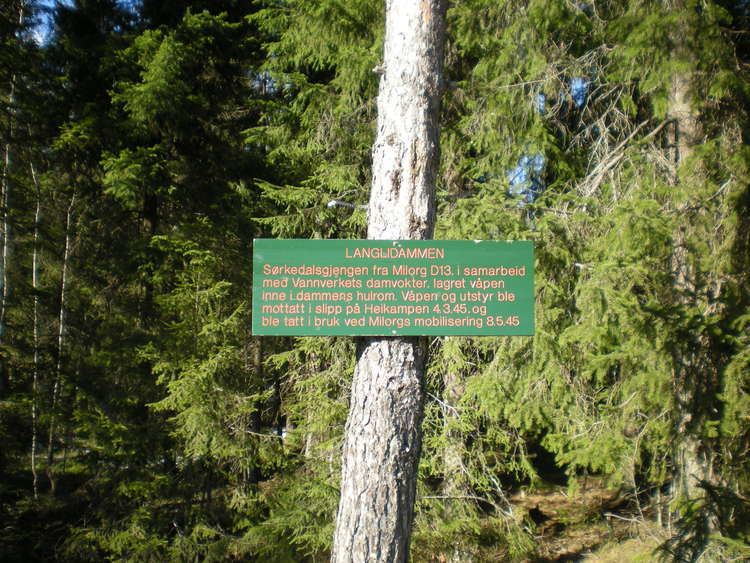
"The Council"'s leaders

